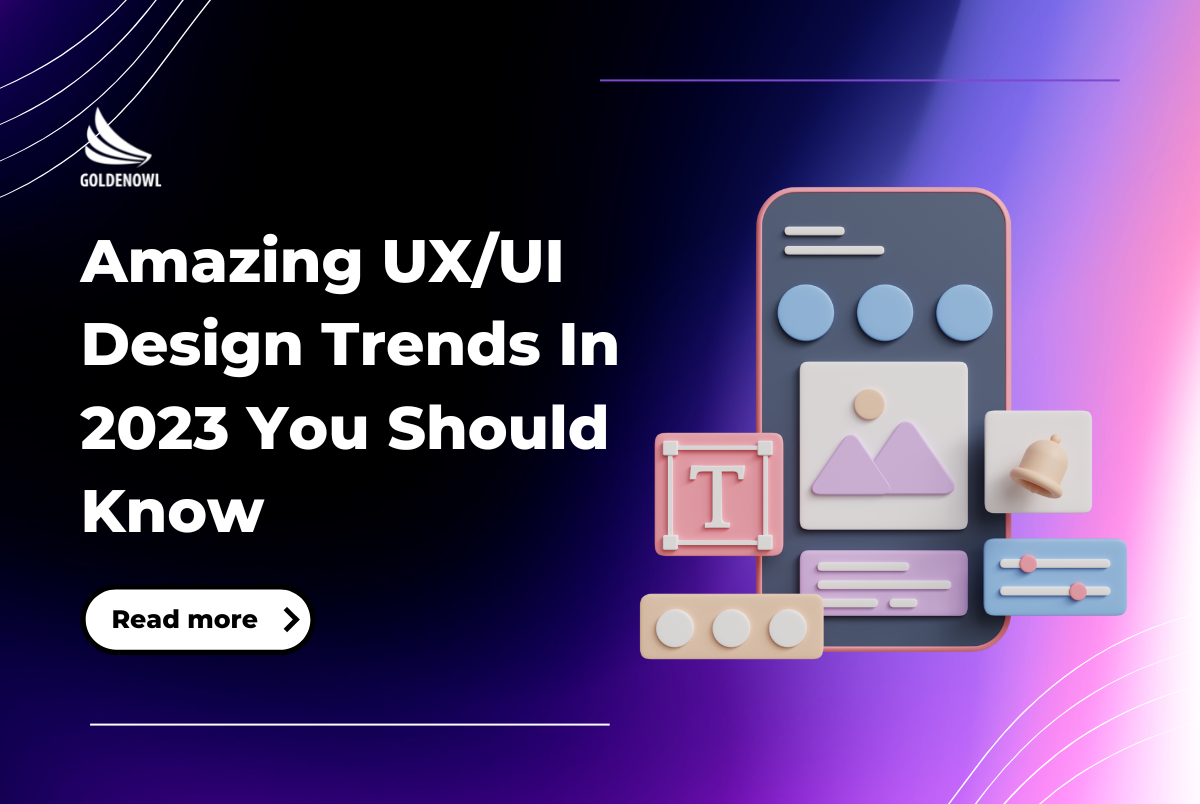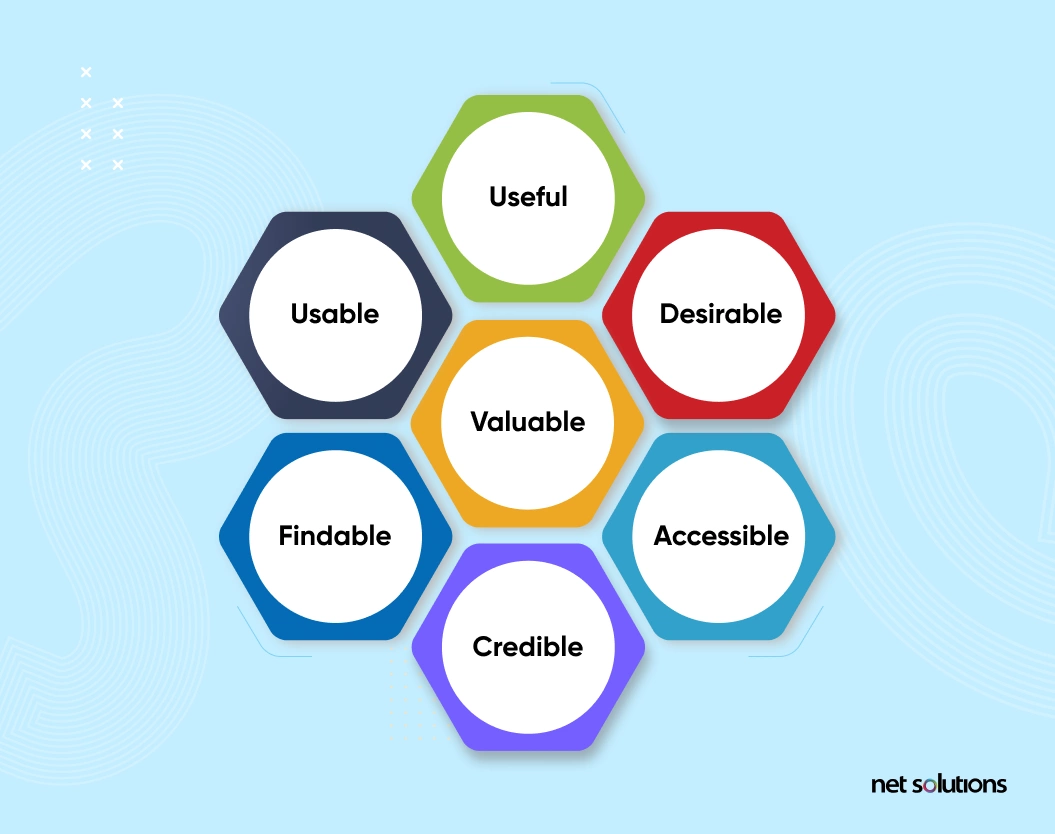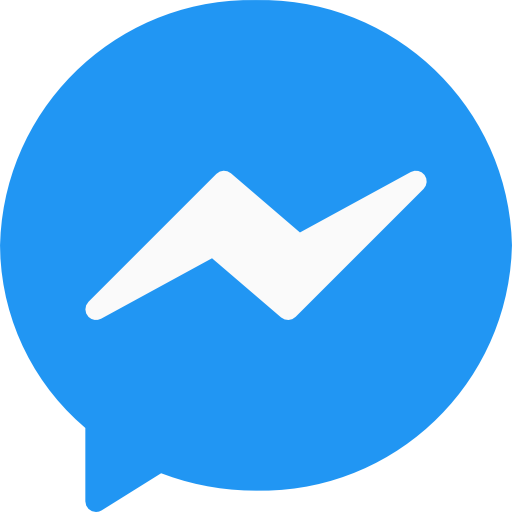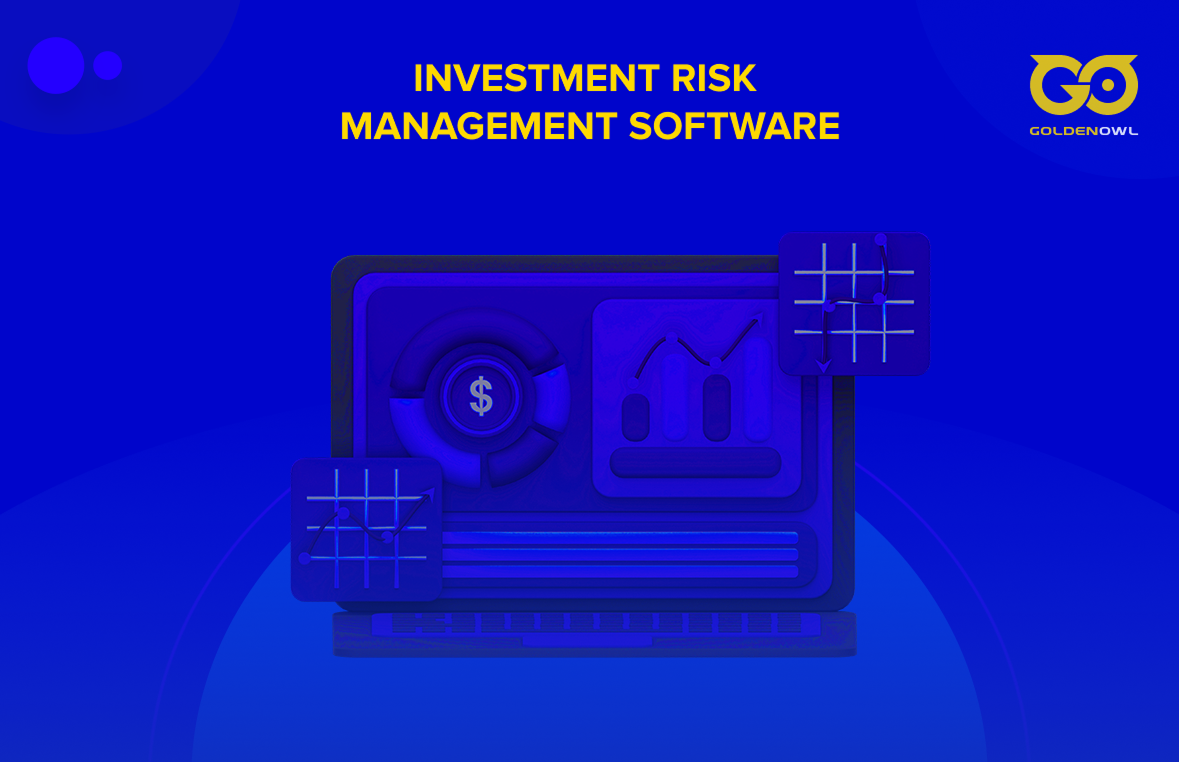TABLE OF CONTENT
What is UX?
What is UI?
The differences between UI and UX
The advantages of having a well-designed UX/UI
UX/UI trends in 2023
Final words

What is UX?
User experience design, simply speaking, is the process of planning the experience a person has while interacting with a product.
These essential principles are expressed as a user experience honeycomb by UX designer Peter Morville:

The interaction that a human user has with routine products and services is the main emphasis of UX design. UX design is to make using these products and services, whether they are digital or physical, simple, comprehensible, and enjoyable.
Possibly a good portion of your free time was spent looking through evaluations for a new coffee machine. In essence, you're searching for a device with features that will give you, the user, a wonderful experience rather than just a new appliance.
What is UI?

User interface (UI) design is the user-centered method of creating a digital product's aesthetics. In essence, they design the user interface of a website or application. The graphical design of the application is its interface. These interfaces should not only be useful, but also simple to use and attractive to the eye.
The visual touchpoints that enable people to interact with a product are the main focus of UI designers. Typography, color schemes, buttons, motion, and other visuals can all fall under this category. Consider all the actions you could take on an app, such as slide to delete, pull down to reload, text entry, etc. It is necessary to develop every single graphic component or animation that makes it possible for you to use the app. Although UI and graphic design have many characteristics, they are not the same.
Read more: UX vs. UI vs. Graphic Design: Three Different Kinds of Design
The differences between UI and UX
UI, also referred to as interface design, is concerned with how a website or product appears, including its layout, colors, accents, and fonts. An appealing interface is often the primary objective of a good user interface.
On the other side, UX is concerned with experience and function (how the website functions). What does the user want and need, is a constant consideration while developing and maintaining a good user experience?
The advantages of having a well-designed UX/UI
Having a well-designed UX/UI for website and application is such a powerful tool for small businesses to compete in the market.
1. Reduce bounce rate
Your user experience will encourage recurring business when it is skillfully curated. Loyal consumers who want to join you for the digital experience will be drawn to an interface with a fantastic layout and is simple to use.
Low bounce rates and excellent brand loyalty are what you can expect. A notable example is Facebook, which has increased the number of daily active users who log in by 5% by fostering interactions, creating a fantastic user interface, and adding new features.
2. Strengthens Brand
Providing value through your goods, services, and UI/UX design strengthens brand trust and identity. It promotes loyalty and builds up good customer relationships.
3. Boosts Productivity
By facilitating employees' workflow, a streamlined website with an intuitive UI/UX design can increase your ROI. Your staff will have a seamless time working on important tasks without interruptions, resulting in excellent production rates.
4. Highest Quality on All Devices
UI/UX design provides the best user experiences on all devices, including computers, cellphones, and tablets. You should make sure it is suited for them to provide streamlined surfing experiences for mobile consumers. By maintaining consistency across platforms, you may reach a larger audience and boost your overall revenue.
5. Faster website performance
Impressive UX and UI may speed up the loading of your website. And the speed at which the site loads might significantly affect your earnings. For travel websites and shopping websites, increasing a site's load time by just 0.1% can boost conversions by 10% and 8%, respectively.
And what effect does a slow-loading website have on users? Most visitors won't buy anything, come back to the website, or even tell their friends about it.
6. Increases Client Satisfaction
A well-designed UI/UX provides simple use and easy navigation. Your clients will appreciate quick interactions that raise their level of satisfaction with your website, goods, and brand. A satisfied customer is a devoted one who will promote your goods to others.
UX/UI trends in 2023
1. Motion design
It used to be difficult to create animations for websites and mobile apps since teams had to constantly choose between animation quality, site performance, and app size. Since then, a lot has changed. Changes in bandwidth (hello 5G!) and the availability of libraries like Lottie Files enable designers to produce gorgeous animations while maintaining small file sizes and brisk performance.
Experienced designers can now add motion design to their toolkit thanks to the adoption of these technologies. I have no doubt that as time goes on, animations will become more and more prevalent in designs, not only to make them more dynamic and aesthetically pleasing, but also to make the user experience more seamless and to wow them with amazing micro-interactions.
2. Minimalism in design
A new minimalist trend in 2022 strives to stand out from existing fads and attract people' attention.
Bright, vibrant colors are fashionable right now. They support maintaining the aesthetic value and emphasizing the important components. Although it is simple and intuitive, the material appears lovely and captivating.
The invisible interface of today is a nice one. When the user requested it, this trend materialized. The design must not be overbearing or the center of attention. Such a duty is handled by the white color and the lack of many design features. The particulars are highlighted:
- Grids for the user interface
- Colors
- Fonts and icons
- Animation
The following needs extra consideration if you want to practice minimalism:
- The most important functions for clients come first.
- To keep the content front and center, the interface must be light and free of heavy shading.
- To develop the design, pay attention to the design, layout, and icons.
- Expand the specifics.
- Make the user interface invisible while yet being simple and clear.
- For users, element locations, and interactivity, utilize the usual functions. Major brands and businesses use this because it enables users to interact with and become accustomed to the product. Everything must be familiar and understandable.
The development of brands still frequently uses a simple, minimalist aesthetic. Due to its relevance and novelty, it immediately grabs the audience's attention. When coupled with a dark theme, the new simplicity is even more powerful.
3. Gradients
Gradients may have gained popularity as a result of social media and fashion, but it seems the 1980s and 1990s are making a comeback. This translates into more cool clothing and vibrant color options in the fashion world. This has manifested in the digital world in a variety of ways, including the resurgence of gradients, the adoption of brutalism, and vibrant color schemes.
Gradients are a significant trend that has been widely adopted (and accepted) this year and that, in my opinion, will continue for the foreseeable future. We'll have a lovely, colorful procession of screens, packaging, and more shown around us, along with how individuals are employing more upbeat.
4. Mixed Reality + Augmented Reality
You have probably taken notice of the hoopla around virtual reality thanks to Meta and the growth of VR chat as a result of the numerous Covid lockdowns. This year even saw the debut of VR Fashion Week. In addition, a lot of other businesses are working on ways to socialize in the digital age or even to combine the physical and digital worlds into hybrid workflows for various industries. These use cases include supply chain professionals navigating a warehouse in real-time with AR to maximize order picking efficiency, furnishing and painting an empty room with AR before purchasing furniture, creating AR business cards, iterating the separation of conjoined twins in real-time from various locations using VR before the actual surgery.
Because of the way AR/VR technology is being created and marketed, it's expected to grow easier for people to use and accept. As seasoned designers, we must think about how these interactions will play out and how to keep the users of these technologies safe as we increasingly combine their digital and physical worlds with each innovation milestone.
5. Sophisticated Scrolling
Last year, we discussed the UX design trend of cutting-edge scrolling; this year, it has grown to even greater proportions. Consider your interactions with your favorite websites and apps. You can browse them in a variety of ways, including asymmetrically, in several directions, and even by combining scrolling with zooming and rotating actions.
Parallax scrolling is a feature of contemporary websites; it adds depth by using different scrolling rates for items on a single page. Particularly, the background scrolls more slowly than the main material does. A step further than this, sophisticated scrolling adds additional layers of fun and stimulation with distinctive images. Users are given more insight into the personality of your brand, which should help them relate to you more personally.
6. Huge typography in UI
What better approach to learn about the top UI trends for 2023 than to browse the websites of the biggest companies in the world? Among the most valuable brands in the world this year are Louis Vuitton, Apple, Microsoft, Toyota, Tesla, McDonald's, and Toyota.
You may see a general pattern of homepages that provide an immersive experience by taking a look at their websites. The websites are neat and just feature the most crucial data and categories. These are some of the biggest businesses in the world, with numerous product categories, geographic locations, and information-rich websites that were active just a year ago. Big font sizes are used, not just large H1, but also large H2, H3, and text!
It's never too late to redesign your websites if they're still clogged with content and pointless imagery. Beyond 2023, this trend of immersive experiences, large typefaces, and large visuals will undoubtedly continue.
Final words
The UI/UX design trends in 2023 will continue in 2024, yet they will include more quality content and innovative technologies. Interactive details will be the basis, but maintaining harmony and making it easy to add to the overall style. Designers must remember that the UI/UX design target is comfort and intuitiveness.
The trends in design change due to many events and technological changes. Following the UI and UX trends in 2023 will help simplify the process of providing the products that consumers require.























